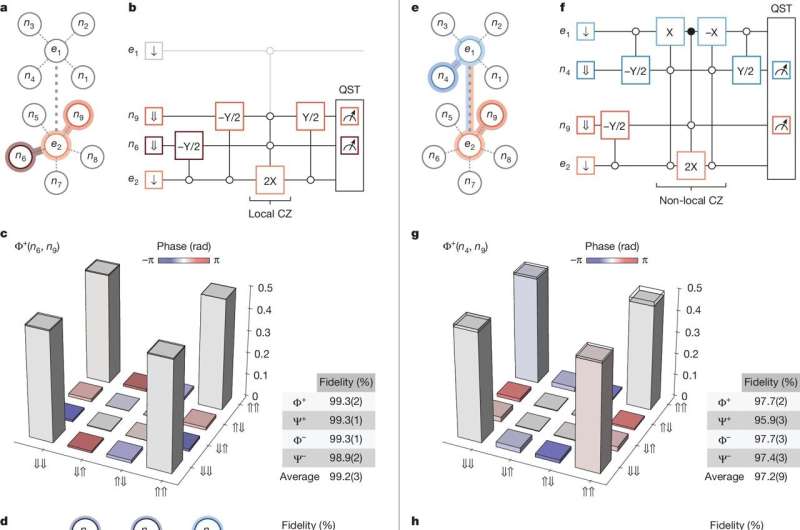Quiet quitting isn’t just for burned out employees. Atoms carrying information inside quantum computers, known as qubits, sometimes vanish silently from their posts. This problematic phenomenon, called atom loss, corrupts data and spoils calculations.
But Sandia National Laboratories and the University of New Mexico have for the first time demonstrated a practical way to detect these “leakage errors” for neutral atom platforms. This achievement removes a major roadblock for one branch of quantum computing, bringing scientists closer to realizing the technology’s full potential. Many experts believe quantum computers will help reveal truths about the universe that are impossible to glean with current technology.
“We can now detect the loss of an atom without disturbing its quantum state,” said Yuan-Yu Jau, Sandia atomic physicist and principal investigator of the experiment team.









